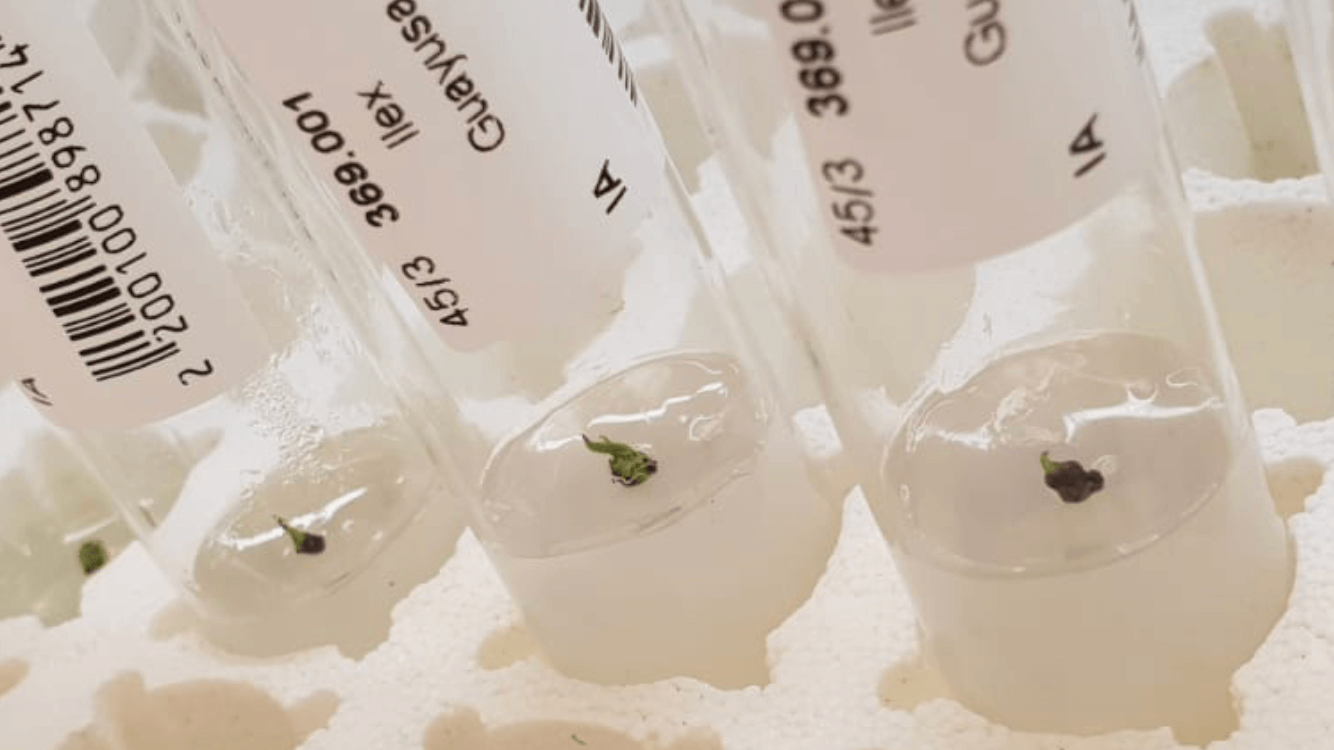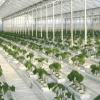A juvenile plant was cultivated in a clean environment to serve as starting material for the Ilex guayusa in vitro project. Creating virus and pathogen free plant material is a time consuming process. These micropropagation techniques require a plant to be cut into little pieces. These pieces are sterilized and cultivated in testubes. After 6 to 12 weeks a first selection between clean and still infected plant parts can be made. The infected parts are discarded, the clean parts will be cut into more pieces and subcultured. After several cycles, each taking 6 to 12 weeks, final selections of bacteria and pathogen free material will be selected for the next phase: virus elimination.
Why do we go through all this trouble? Healthy plants perform better, they perform better in nature, they perform better in greenhouses. When a plants gets to be free of viruses and pathogens is has, much like ourselves, more energy to grow bigger and grow faster. The plant will be able focus on biosynthesizing the secondary metabolites (cafeïne and other active constituents) giving Nightwatch the special blend of xanthines we know and love. It will also perform better for rainforest farmers depending on healthy harvests, they will be able to harvest more leaf on a smaller farm.
In short;
Healthy, clean plants perform better in the extreme conditions of the Ecuadorian rainforest, the availability of healthy young plants will support Quichua farmers and are the starting point for achieving Nightwatch’s sustainability goals.
To be continued…



